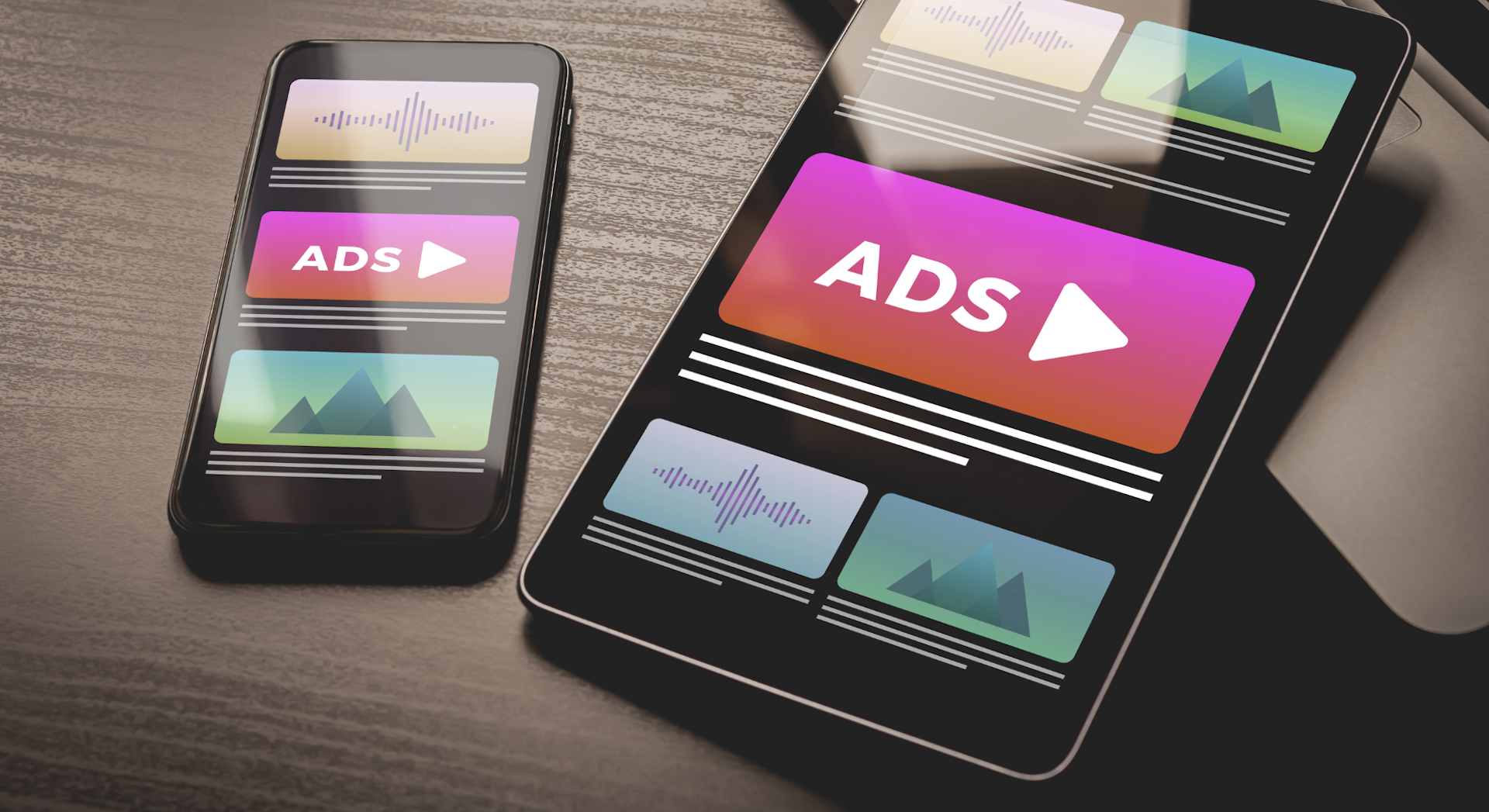The immense opportunities of programmatic advertising

With the growth of Ecommerce (online shopping) during and after the Pandemic, the global digital advertising landscape has become more saturated and much more competitive than ever before.
This saturation, has in turn accelerated the growth in businesses enquiring about and going to market with programmatic advertising as part of their marketing mix.
Buying media programmatically opens up immense opportunities for advertisers in terms of reaching target audiences in the right place at the right time in the customer journey.

Sounds like a dream, right?
There are many competitive advantages when it comes to using programmatic advertising.
And, despite a 16% rise in the number of people using programmatic in the US between 2021 and 2022, we’re still in the early adoption phase as far as mass client uptake is concerned.
This means many people are hesitant when it comes to adding programmatic into their campaigns.
If people are used to more traditional forms of media buying or don’t understand what programmatic advertising is, it’s completely understandable they might have their doubts about putting budget towards it.
So, let’s explore what programmatic is and how it works.
What is programmatic?
Programmatic media buying is the data-driven process of purchasing digital ad space at scale with the help of automated software based on complex algorithms.
The process is streamlined through programmatic advertising, making it more effective and efficient.
What are the advantages?
The advantages are:
- All digital formats and channels can be accessed via a programmatic buy.
- Unlike buying traditional ads (which are bought and sold manually, often making it slow, expensive and unreliable) programmatic uses incredibly powerful and efficient AI-driven software.
- Campaigns can be hyper-personalised and narrowcast to many niche audiences rather than a one size fits all broadcast model.
- The campaigns learn as they go thanks to AI technology, like machine learning and deep learning, constantly feeding the programmatic platforms in real time, leading to incredibly powerful optimisation and increased performance.

For instance, programmatic ad spend had surpassed $150 billion globally by the end of 2021 compared to about $129 billion during 2020, according to Statista.
In 2022, eMarketer predicts that over 90% of digital display ad dollars will be programmatic, with the dollar volume of programmatic display close to doubling the 2019 figure ($115 billion in 2022 and $61 billion in 2019).
Book a free strategy session today
Book a free session to elevate your online performance. Save time and costs with our comprehensive, streamlined approach.
- Meet with a strategy specialist to build a growth plan.
- Increase your media performance by up to 200%
- Improve business efficiencies to increase ROI via automation and increase profit
- We cut to the chase. What digital marketing is actually working?
5 Top Programmatic Trends for 2023
Voice Ads
Voice assistants have the potential to increase search queries, as well as push the trend toward greater flexibility when it comes to ad customisation.
Think of the sheer variety of shows, formats, genres and artists on platforms like Spotify and Apple Music, then think about the variety of display, audio and video ads that can be served to the different niche audiences.
Video Ads
It’s no secret that online video ads are well and truly BOOMING:


What we’re seeing above illustrates that regular TV is in decline. Connected TV (CTV) on the other hand is growing in popularity.
Fortunately, thanks to programmatic ad placements, we’re able to distribute our clients’ ads through programmatic ad placements known as OTT (over the top) advertising.
This is where we are able to provide our clients with access to audiences who engage with streaming services or catch up TV at a fraction of the cost of a traditional TV media spend.
Contextual Targeting and First-Party Data
In a stroke of bad news for marketers, in February 2021 Google declared it will stop allowing advertisers to use third-party data to target consumers with ads.
And although this hasn’t come into effect yet, strategies are being formulated now for when it does happen in 2024.
With this in mind, those who aren’t already, will need to get serious about gathering first-party data and combining it with contextual targeting, as well as a variety of other options.
Advertising in games
In-game advertisements are still a relatively new market but it already looks very promising. The global revenue of in-game advertising has already surpassed $300 billion, exceeding all forecasts for 2022. (Sources: Bloomberg, Pelham Smithers)
DOOH (digital out of home) ads
DOOH advertising gives us access to digital billboards as well as elevator, service station, pharmacy, and supermarket screens (to name a few).
This type of advertising allows your brand to saturate highly targeted geographic areas incredibly cost effectively, quickly and at scale.
Because programmatic is part of the digital media ecosystem you need to be able to move fast and stay on top of the latest trends in order to ensure the campaigns you’re running perform at their absolute best.
If you can do this however, it means you will have access to the right audiences for your brand on the right platforms at a fraction of the cost of a traditional media buy.
If you’re looking at programmatic as part of your marketing strategy, contact us today.